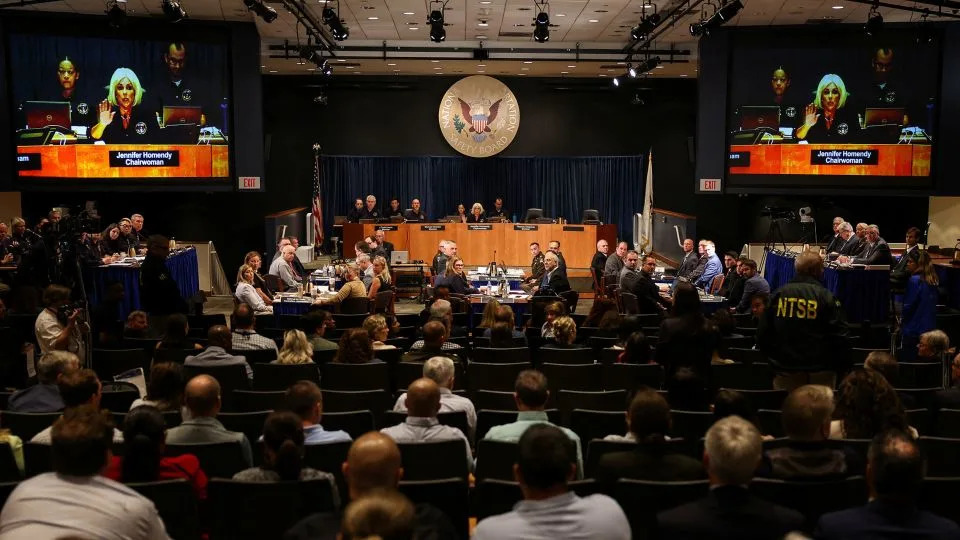
The first of the National Transportation Safety Board’s three days of investigative hearings is underway to help determine what caused the deadly midair collision on January 29 between an Army helicopter on a training mission and American Airlines flight 5342 landing at Ronald Reagan Washington National Airport.
The NTSB presented for the first time major “discrepancies” in the altitude readouts on board the US Army Blackhawk helicopter that led to the crew believing they were flying lower over the Potomac River than they actually were.
Investigators said Wednesday that, following the crash, they tested three of the same models of Blackhawk helicopters from the same Army unit involved in the collision flying over the river.
“Notably, the barometric altimeters continued to be 80 to 130 feet lower than the helicopter’s determined altitude above sea level when flying at speed over the tidal portion of the Potomac River,” NTSB investigator Marie Moler presented to the hearing.
Barometric altimeters use pressure to gauge altitude and can be impacted by a variety of atmospheric and other factors.
In its preliminary report, the NTSB said the Blackhawk was consistently higher than maximum published altitudes along the Potomac River, including when it collided with the passenger jet.
The heavily technical findings are the most significant in the early moments of Wednesday’s 10-hour-long hearing schedule.
The Army, PSA Airlines, a regional subsidiary of American Airlines which operated the plane, the Federal Aviation Administration and other parties are represented.
“This is not an adversarial hearing,” NTSB Chair Jennifer Homendy said in her opening remarks. “This does not mean difficult questions won’t be asked. They will be, and they should be. This is an investigation. We are here to improve safety.”
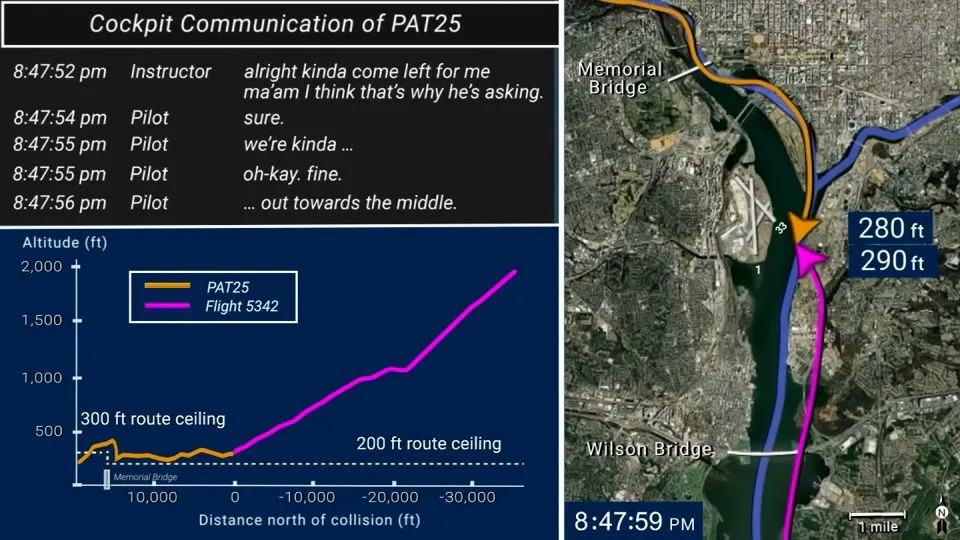
At the start of the hearing, an 11-minute animation was shown detailing the minutes leading up to the collision and a video of the accident itself. The board paused briefly to allow any of the family members of the victims of the crash to leave the room or look away before it was played.
The air traffic controller working in the control tower that night was responsible for two different positions on two different radio channels, the timeline animation reveled. Five minutes before the collision, flight 5342 was handed over to the controller. Minutes before the crash the controller asked the flight if the pilots could switch their approach to a different runway.
Twice, the controller advised the helicopter of other air traffic in the area and both times the helicopter pilots said they could see the plane and were visually ensuring they were staying separate from it.
Cockpit voice recorder transcripts from the helicopter show there was some confusion of what to look for and the instructor told the student to sidestep the traffic.
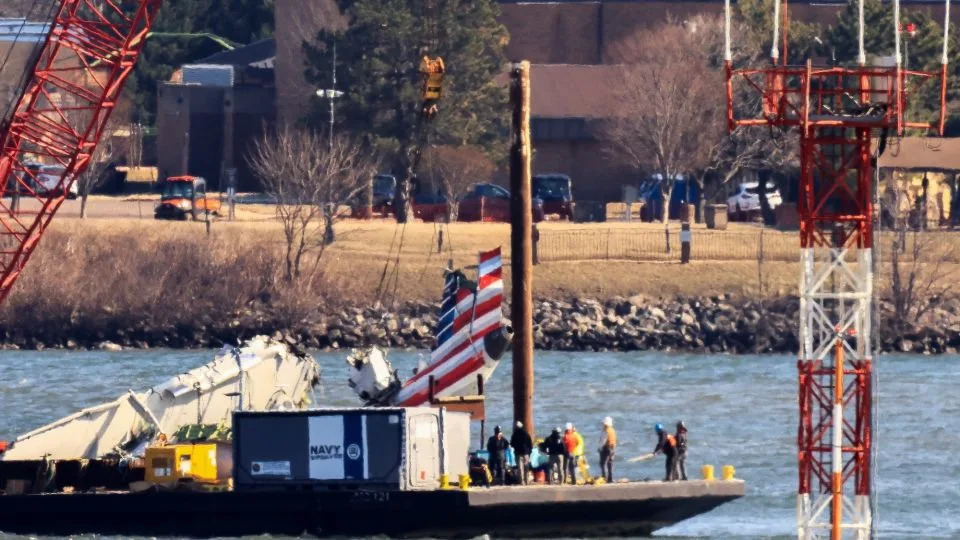
The captain of the regional jet had completed 106 flights into the airport and the first officer had completed 51, records reviewed by NTSB showed.
However, investigators said interviews with PSA Airline’s pilots showed they generally didn’t know much about the helicopter routes in the area. Three Reagan National Airport-based captains and one first officer were asked about their knowledge of published helicopter routes and only one PSA captain – who was a former military helicopter pilot in the region – had knowledge of the routes prior to the accident.
Sixty-seven people died in the accident over the Potomac River, including 60 passengers and four crew on the plane and three soldiers on the helicopter.
The NTSB will meet Wednesday, Thursday and Friday to discuss the facts learned in the investigation. It is expected to conclude with a determination of what caused the crash in January.
For more CNN news and newsletters create an account at CNN.com



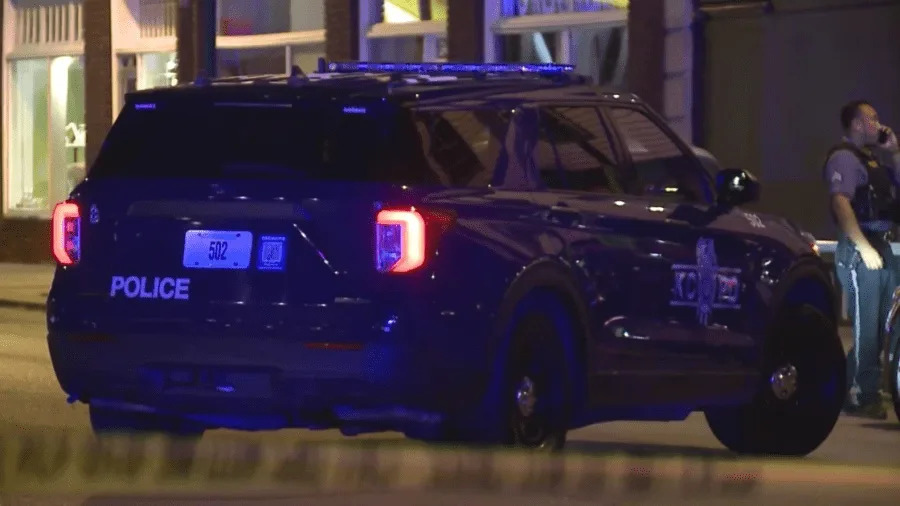
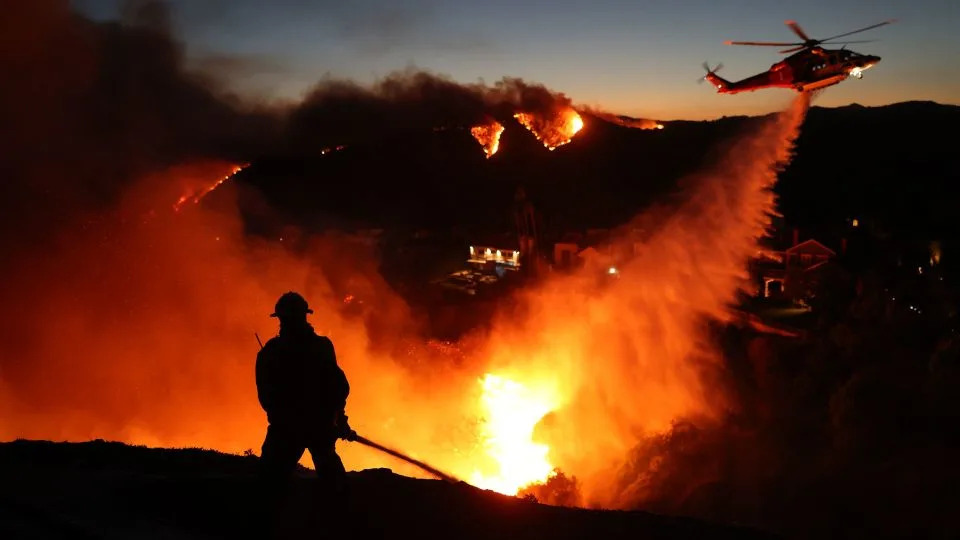

Comments